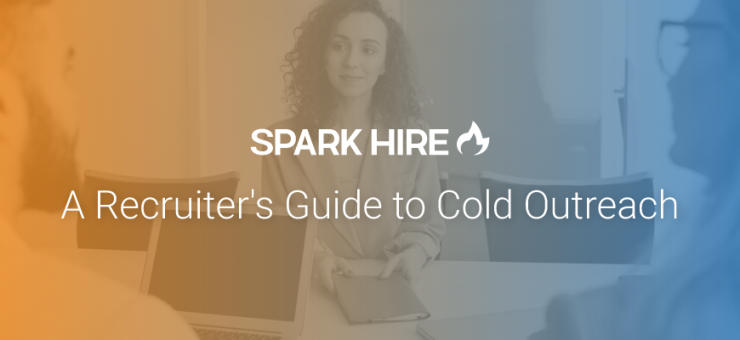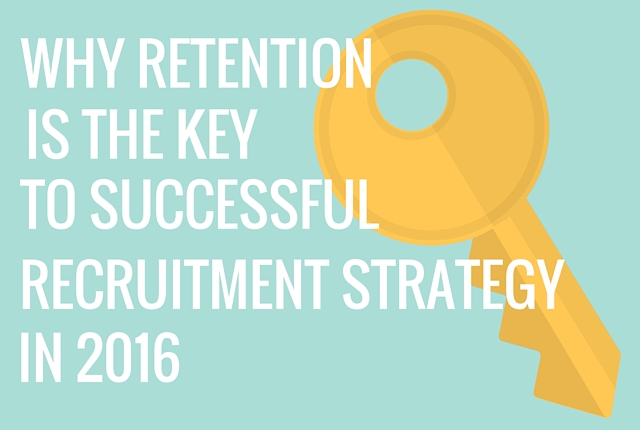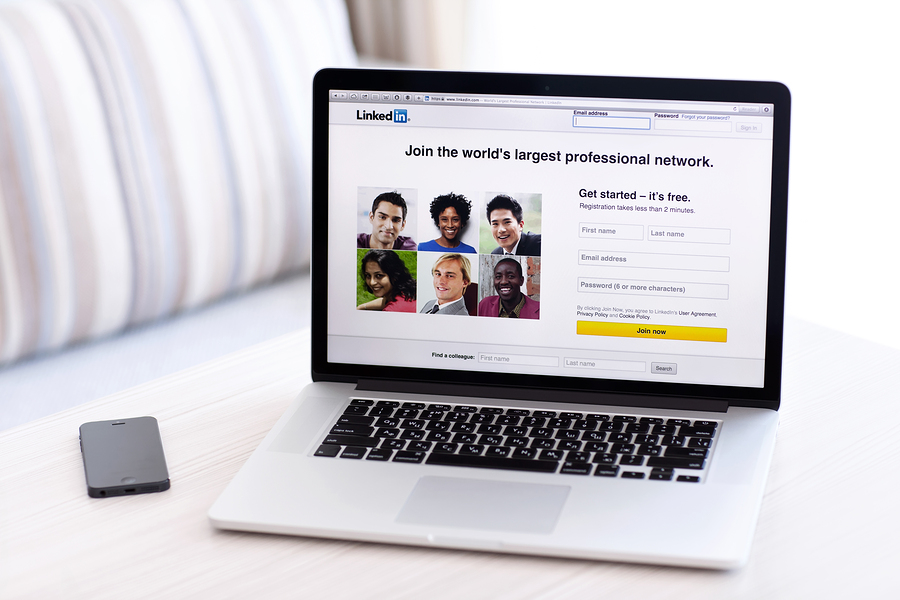In recent months, many recruiters switched to remote recruitment and focused on sourcing their candidates online.
However, posting your openings to the most popular job boards out there won’t cut it. You need to get out there and connect with the prospects instead of idly waiting for the best of them to come around.
After all, not all candidates are actively looking for a job. Some might need a gentle push in the right direction to switch companies. This is especially true when hiring executives and top management.
This is where cold outreach comes in handy.
Originally a sales technique, it fits perfectly into the recruiting process offering a number of benefits to teams:
The Cold Outreach Technique
- Proactive approach – tap into the vast pool of candidates who are not actively searching for a job, as mentioned above.
- Ahead of the curve – get a chance to catch the candidate’s eye before competitors and stand out from the crowd.
- Targeted effort – focus on hand-picked candidates with a higher chance of success.
- Low barrier to entry and low investment – use SaaS tools to automate routine tasks and scale the process with minimum effort.
If you’re planning to adopt cold outreach in your recruitment process, here are the 3 steps to help you get started and some pro tips for effective recruiting outreach:
The Research
This is probably the most challenging – but also the most important – part of the recruitment outreach.
What makes it so difficult is the fact that you will need to use the candidates’ personal email addresses, not the corporate ones. After all, who would use the current work email to talk about a new job opportunity?
This means the popular domain-based email finders like Hunter or Norbert won’t be quite helpful here unless the candidate has their own website, e.g. portfolio or blog. In most cases, you will need to rely on other tactics, e.g. Google, LinkedIn, or Twitter search, which is harder but still doable.
Yet, finding the contacts is only half the battle. You need to dig a little deeper and get to know the candidates you’re trying to connect with. This will help you write effective, personalized emails which is vital for successful cold outreach.
The Channels
Unsurprisingly, email, phone, and LinkedIn are the top candidate outreach channels used by most talent teams. However, it also means that they are the most crowded ones, which makes it much harder to break through the noise and get the candidate’s attention.
So why not use some less obvious outreach channels like Twitter instead, rather than in addition to, the traditional platforms?
When hiring for a distributed team, you can also consider local platforms to reach the right candidates. This means sites like Xing for German and some other European candidates, or JobsDB in Hong Kong.
As for the voice calls (or voicemail), it’s best to include them as a follow-up step or in case a person has shown interest in your email, e.g. opened it several times, clicked your links, etc.
The Messaging
Regardless of its purpose (sales, recruiting, or networking), there are 5 key elements any cold email should include:
- Subject line, which should be short — optimally around 60 characters — and clear.
Pro tip: Avoid misleading subject lines, like those starting with “RE:” or “FWD:” – they might drive more opens, but will also inevitably get you reported for SPAM.
- Intro, i.e. a sentence or two to explain who you are and why you’re reaching out in the first place.
Pro tip: This is the part you should consider adding the most personalization. So make sure to use several variables or even write a short custom intro for each candidate to catch their attention.
- Pitch – in case of recruiting emails, it should be a relevant job opportunity you want to offer to the candidate.
Pro tip: Don’t copy and paste the complete job description in the email. Just include a link to a full job description instead.
- CTA (call to action) that tells the candidate exactly what you expect them to do after they read your email.
Pro tip: Make it as easy to respond as possible and ask a simple yes/no question about your pitch instead of asking to schedule an interview right away.
- Signature is often underrated in cold outreach, however, it can help the candidate learn more about your company and establish credibility for you as a professional.
To get started, you can source inspiration from the available examples of creative recruiting cold outreach emails or explore the available templates for inspiration.
Once you have the contacts, channels, and messaging figured out, you can proceed with the outreach. If you choose a reliable software to automate your efforts, you can set up a campaign in half an hour and start connecting with the candidates right away.
About the Author
 Rimma is a Senior Digital Marketer at Reply.io with 4+ years of experience. She’s experienced in email & messenger marketing, on-page SEO and link building.
Rimma is a Senior Digital Marketer at Reply.io with 4+ years of experience. She’s experienced in email & messenger marketing, on-page SEO and link building.






